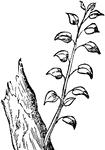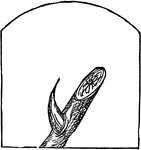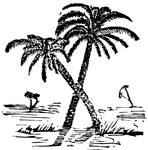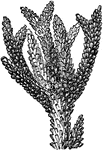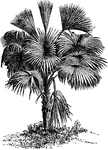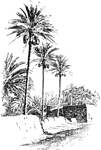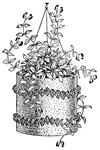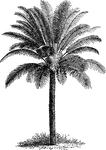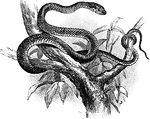
Pineapple
A tropical plant and its fruit; so called from the resemblance of the latter in shape and external appearance…

Hop Louse
"Hop louse which lives on the plum tree in the late fall, winter, and early spring until the hop vines…
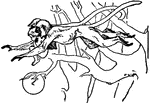
Mowgli's Brothers
The Monkeys capture Mowgli. Two of the strongest monkeys caught Mowgli under the arms and swung off…

Pussy and Binkie
From the story, Pussy and Binkie. Pussy can climb a tree but she cannot always get down.

Edward Lear's Rhymes
There was an old man of Aosta, who possessed a large cow, but he lost her; But they said, "Don't you…

Edward Lear's Rhymes
There was a young lady of Portugal, whose ideas were excessively nautical; She climbed up a tree, to…
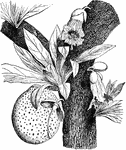
Calabash Tree
A tree of tropical America bearing a gourd like fruit. The hard shell of which is applied to many domestic…
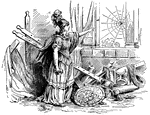
Minerva
"On Minerva's side Varro tells us that Cecrops found an olive tree and a fountain, and that on consulting…
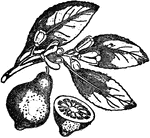
Lemon
The fruid of the tropical or subtropical tree citrus medica, of the orange family, and originally native…
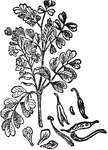
Logwood
A tree native to Central America, but naturalized in and exported from Jamaica and other West Indian…
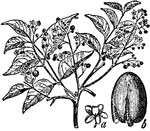
Mahogany
A large tree of the order meliaceae, common to tropical America, and noted for its close-grained and…
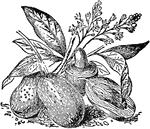
Mango
A tree native to tropical Asia, but now naturalized extensively in America and other grand divisions.…
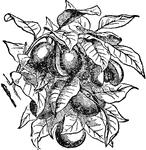
Nutmeg
The kernel of the fruit of various trees, especially that of the nutmeg tree. The fruit is an edible…

Tree Design
Sometimes called the tree of life. Always associated with religious belief. It symbolizes Divine power…
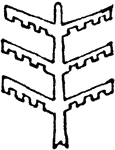
Tree Design
Sometimes called the tree of life. Always associated with religious belief. It symbolizes Divine power…
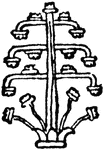
Tree Design
Sometimes called the tree of life. Always associated with religious belief. It symbolizes Divine power…
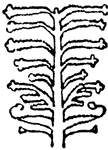
Tree Design
Sometimes called the tree of life. Always associated with religious belief. It symbolizes Divine power…

Long Ladders
These are of the common type. They are used to reach most areas to be painted on exteriors of buildings.…

Orange
A class of fruit trees of the citrus genus, including several species. They are native to China, India,…
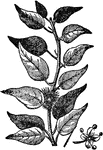
Osage Orange
A tree of the nettle family, so named from the Osage Mountains of Arkansas, where it is native, but…

Papaw
A tree native to tropical America, allied to the passion flower family, and now extensively cultivated…

Peach
A class of fruit trees including many varieties, and cultivated in all the countries having a warm or…
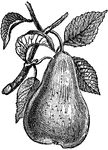
Pear
A fruit tree belonging to the same genus as the apple, and cultivated extensively for its fruit. It…

Pinecones
A cone that contains the reproductive structures. The familiar woody cone is the seed-producing female…

Pineapple
A tropical plant much esteemed and cultivated for its fruit. It is so named because the fruit somewhat…
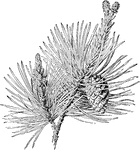
Scotch Pine
A scotch pine. a: A twig showing a staminate catkins, pistillate catkins, a cone, and needles.
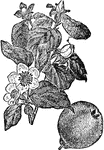
Quince
A tree of the apple family. It is native to the western part of Asia, but has been naturalized in many…
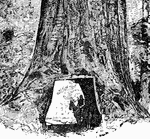
Sequoia
The name of a genus of gigantic trees of the pine family, nearly allied to the bald cypress of the southeastern…

Tamarind
A tropical tree of the bean family, which was originally native to the East Indies, but is now extensively…
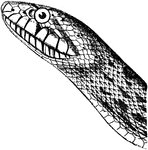
Pine Snake
A very large snake native to North America. It is known to reach lengths of up to twelve feet.
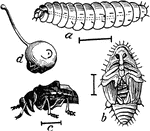
Curculio
This illustration shows the different stages of the plum tree curculio. a, the larva; b, the pupa; c,…
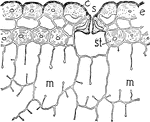
Pine Leaf
This image shows the cross-section of the outer cells of a leaf of pine. S, stoma; E, epidermis; C,…
Body-budding
This illustration shows a tree that has been body-budded. It has two buds that had been killed by bud-moth…

Bud and Graft
This illustration shows a tree that has been both branch-budded and grafted. Buds inserted in August.…

Beetle Damage
This illustration shows a tree that has been damaged by a sprice-destroying beetle. a, primary gallery;…

Girdling Tree
This illustration shows the different methods of girdling trees: a, back girdled; b, girdled to heartwood;…

Pine Beetle Stages
This illustration shows the destructive pine-bark beetle: a, adult beetle, enlarged; b, adult, natural…

Pine Beetle
This illustration shows the work of the destructive pine-bark beetle: a, a, a, a, characteristic forms…
